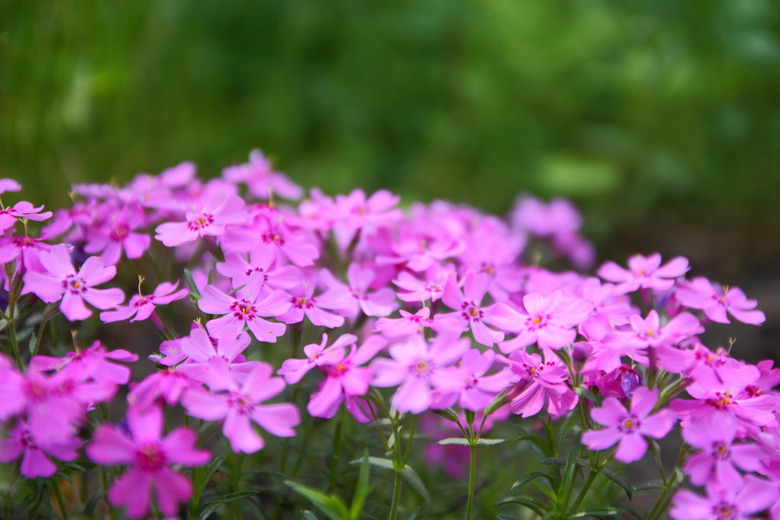My Verbena Is Dying
Generally trouble-free, annual verbena plants (Verbena spp.) love the heat and tend to bloom from summer until late fall. Butterflies love verbena flowers so prepare yourself for the onslaught when growing the plants.
Despite how lovely they are, verbenas occasionally have problems either from pests, diseases or the way in which it is cared for. Sometimes the solution to the problem lies in choosing a type of verbena that is better adapted to your region. Annual verbenas don't do very well in hot, humid areas, for instance. Consider that although the verbena may appear to be dying, it might be exhibiting stress because of a problem you might be able to remedy.
Dealing With Insects
Dealing With Insects
A number of insect pests may infest the verbena, but most of them won't kill it. Spider mites, on the other hand, are capable of defoliating and killing the verbena. Common in hot, dry regions, spider mites tend to attack neglected plants, sucking the juices out of the foliage. The plant turns yellow or brown and drops from the plant.
It may appear to be dying and if the infestation is heavy, the plant will actually die. Look for spider webbing on the foliage and stems and take action at the first sign of an infestation. Use a miticide, which is a pesticide listed for use on spider mites.
Plant Diseases
Plant Diseases
Verbena is generally disease resistant except for a troublesome fungal disease; powdery mildew. Although the disease probably won't kill the plant, it may appear to be dying. This disease takes hold when its spores germinate on moist foliage. It thrives in warm and dry weather and makes the foliage turn yellow with white powdery patch.
If you find these, cut off infected portions of the plant and prevent further infections by treating with a fungicide, according to label instructions. Prevent powdery mildew infections by growing the verbena in an area of the garden that receives eight to 10 hours of sun per day.
Cultural Problems
Cultural Problems
Verbena flowers again after the first flush if one-fourth of the top growth is cut back. If left unpruned, it may appear to be dying as it goes to seed. Overwatering is also deadly for the verbena so water only when the soil is dry. Too much fertilizer or fertilizer applied on a hot day can burn the plant's roots which can kill it. Always apply at the rate suggested on the label for the size of your plant, ideally according to soil-test recommendations, and apply it on a day when temperatures will remain below 80 degrees Fahrenheit and water right after the application.
Things to Consider
Things to Consider
Because verbena can't tolerate excessive moisture, check the drainage of the soil where it is planted. If water puddles on the surface of the soil for more than an hour after it rains, you may want to consider transplanting the verbena into an area with better drainage. A good way to test the drainage in other parts of the garden is by digging a 4 inch deep hole and inserting an empty 46 oz. can into it with the top and bottom removed.
Fill the can with water and time how long it takes the water to drain. If it takes longer than one hour to recede 2 inches, either amend the soil or choose another location.
